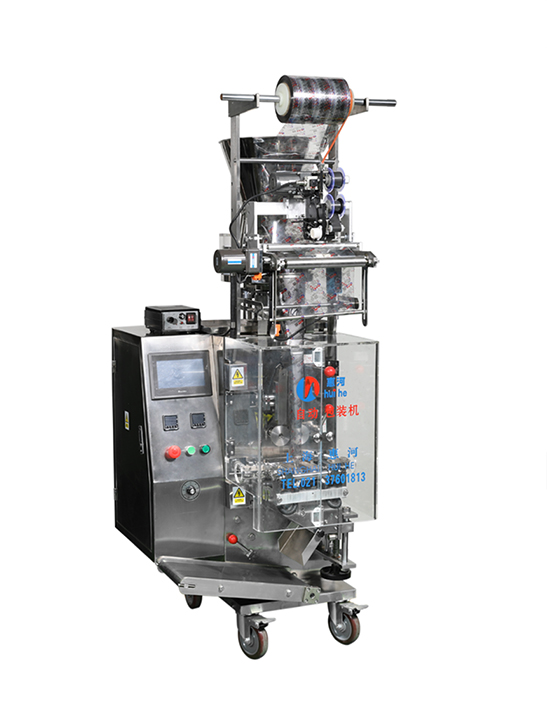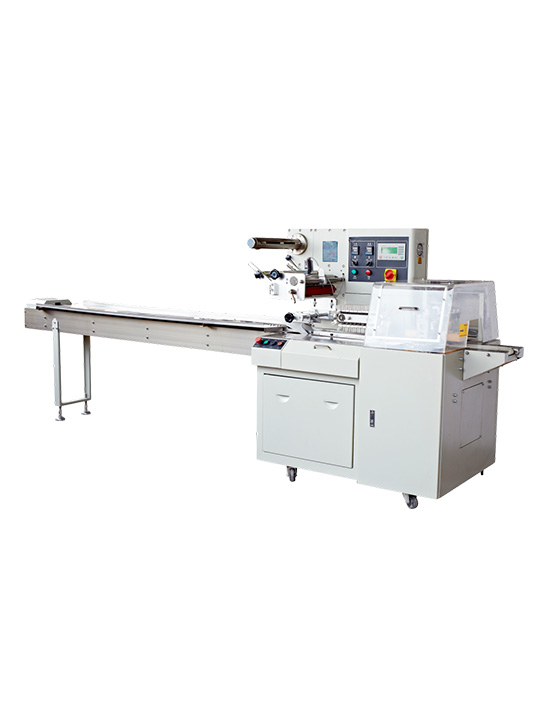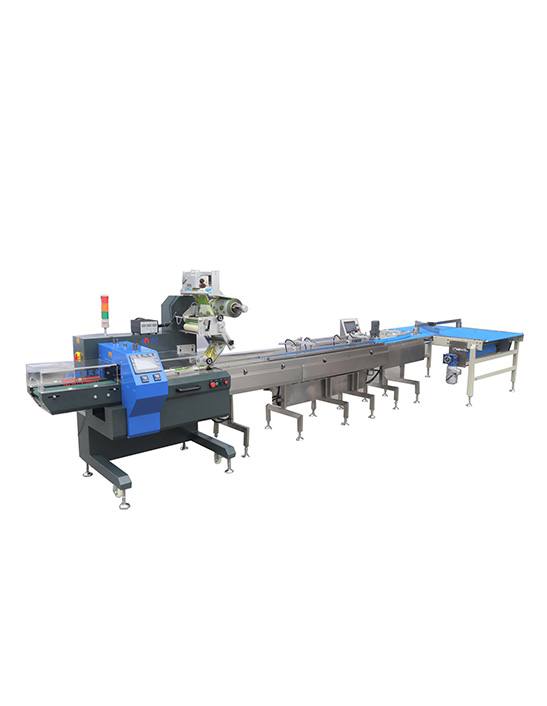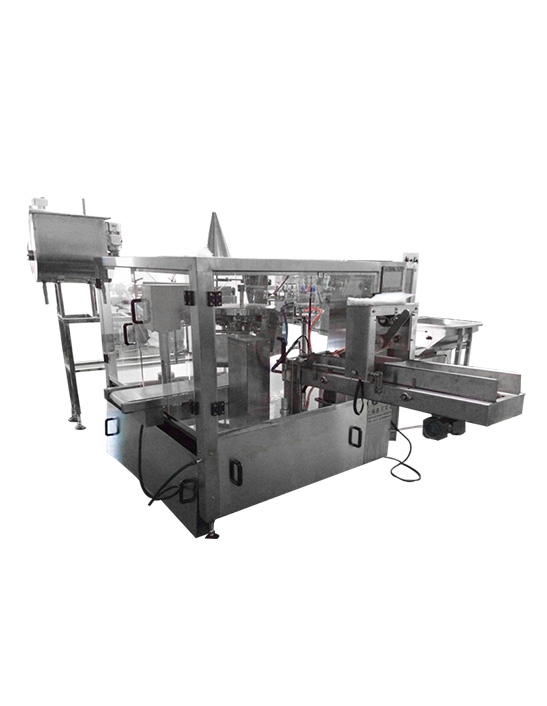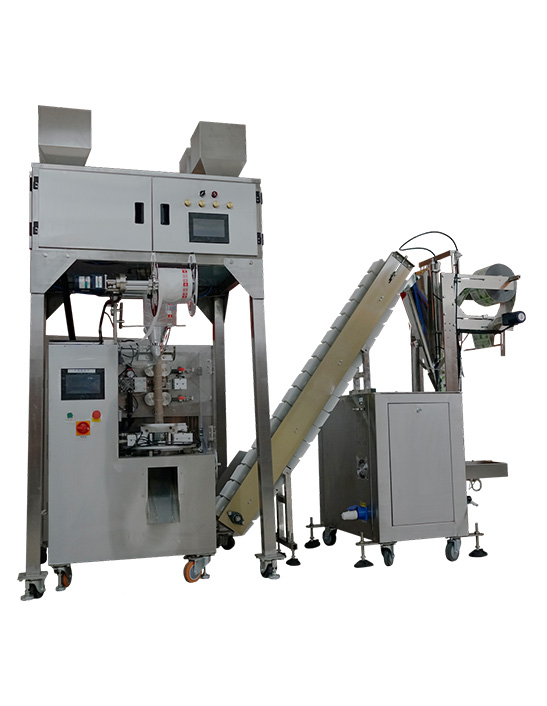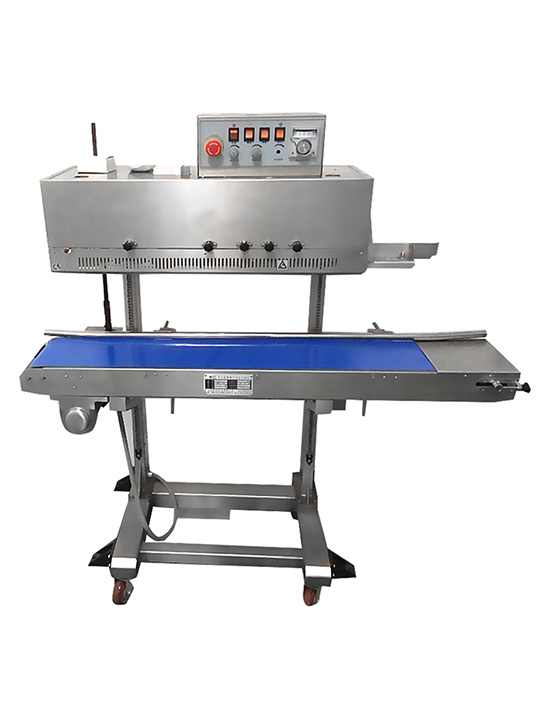Introduction to Granule Packing Machine Sealing
Granule packing machines are widely used in the food, pharmaceutical, and chemical industries to package granular products efficiently. One of the most critical aspects of their operation is sealing. Proper sealing ensures product integrity, prevents contamination, and reduces material wastage. However, operators often encounter weak or leaking seals, which can lead to operational inefficiencies and financial losses. Understanding the causes and solutions for seal failure is essential for optimal machine performance.
Common Causes of Weak or Leaking Seals
Several factors contribute to weak or leaking seals during granule packaging. These can be related to machine settings, material properties, or maintenance practices.
Incorrect Sealing Temperature
The sealing temperature is crucial for forming a strong bond. If the temperature is too low, the packaging film may not melt sufficiently, resulting in incomplete fusion and leaks. Conversely, excessively high temperatures can burn or degrade the film, causing brittle seals that break easily. Operators should calibrate the temperature according to the packaging material specifications and regularly check the heating elements for consistency.
Improper Sealing Pressure
Sealing pressure must be sufficient to press the film layers together. Low pressure can cause weak adhesion, while excessive pressure may damage the film or create thin areas prone to tearing. Regular adjustment of the sealing jaws and monitoring of hydraulic or pneumatic systems is necessary to maintain proper pressure levels.
Film Quality and Type
Not all packaging films perform equally under heat sealing. Variations in thickness, coating, or moisture content can affect seal strength. Using the correct film type recommended by the machine manufacturer and inspecting incoming film for defects is vital to prevent seal failure.
Machine Alignment and Wear
Misaligned sealing jaws or worn components can lead to uneven pressure and incomplete seals. Regular inspection and maintenance of machine parts, such as sealing jaws, guide rails, and tension rollers, help prevent leaks caused by mechanical issues.
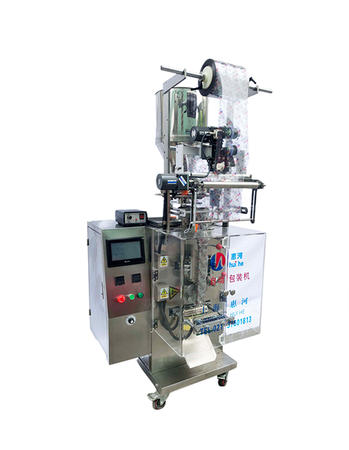
Environmental and Operational Factors
Ambient humidity, dust, and temperature fluctuations can impact sealing performance. Granule powders with high moisture content may also interfere with heat transfer, resulting in weak seals. Maintaining a clean, stable operating environment and controlling material properties improves sealing reliability.
Solutions and Best Practices
Addressing weak or leaking seals involves both machine adjustments and operational improvements. The following solutions are recommended:
Calibrate Sealing Temperature and Pressure
Regularly verify and adjust the sealing temperature and pressure according to the type of packaging film and product. Temperature controllers should be precise, and pressure systems should be monitored for stability.
Use High-Quality Film
Select packaging films compatible with the machine’s heat sealing system. Ensure films are free from defects, uniform in thickness, and stored properly to avoid moisture absorption.
Regular Maintenance
Scheduled maintenance prevents component wear that can compromise sealing. Inspect sealing jaws for signs of wear, alignment issues, or contamination. Replace or repair damaged parts promptly.
Optimize Environmental Conditions
Maintain consistent operating conditions by controlling humidity, dust, and temperature in the packaging area. Dry and stable environments reduce variability in seal performance, especially for moisture-sensitive granules.
Operator Training
Proper training ensures operators understand machine settings, material handling, and troubleshooting techniques. Skilled operators can quickly identify and resolve issues that lead to weak seals.
Inspection and Testing Methods
Regular testing and inspection help detect seal weaknesses early, reducing product loss and quality issues.
Visual Inspection
Check the appearance of seals for uniformity, gaps, or wrinkles. Visual cues often indicate temperature or pressure problems.
Pull Test
Manual pull testing evaluates the mechanical strength of seals. A properly sealed package should resist moderate force without tearing.
Leak Testing
For liquid or sensitive granules, leak testing methods, such as vacuum or air pressure tests, can detect weak seals that are not visible visually.
Preventive Maintenance Table
| Component |
Inspection Frequency |
Maintenance Action |
| Sealing Jaws |
Daily |
Clean and check alignment |
| Temperature Controllers |
Weekly |
Verify calibration and accuracy |
| Pressure System |
Weekly |
Check hydraulic/pneumatic levels and stability |
| Film Rollers |
Daily |
Clean and check for wear |
| Machine Frame & Guides |
Monthly |
Lubricate and inspect for wear or misalignment |
Conclusion
Weak or leaking seals in granule packing machines are typically caused by incorrect temperature, pressure, film quality, mechanical wear, or environmental factors. By carefully calibrating machine settings, using high-quality films, maintaining the equipment, optimizing the environment, and training operators, companies can significantly reduce sealing issues. Regular inspection and testing ensure that any seal weaknesses are detected early, maintaining product quality, minimizing waste, and improving overall packaging efficiency.

 英语
英语 西班牙语
西班牙语 简体中文
简体中文
